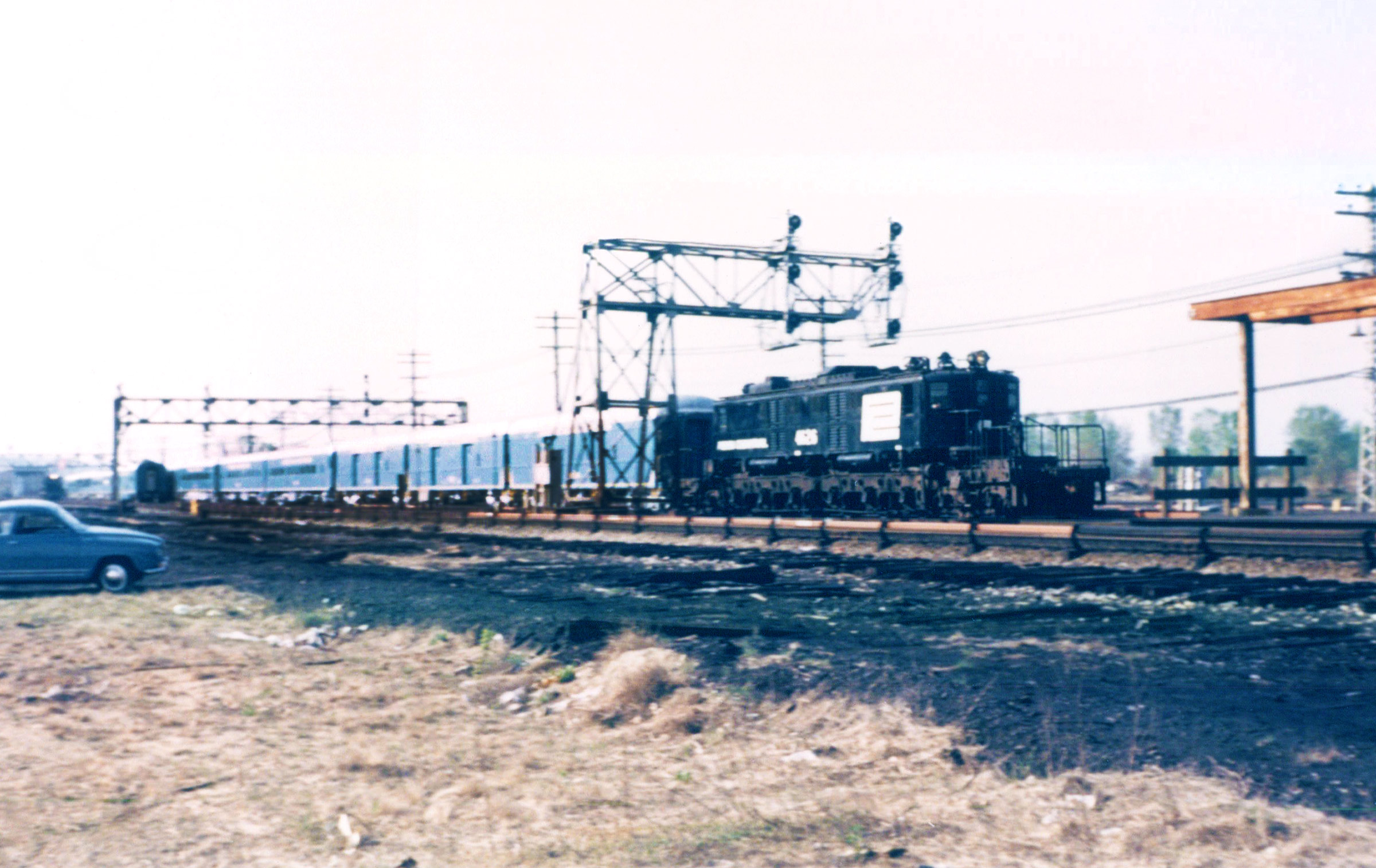As we all know, probably the most advanced traveler is the commuter. Every weekday, they travel on multiple different trains, buses, and/or taxis. Commuters have been around as long as cities.
I had some questions about NY operations. First, on the New York Central, steam was switched to electric power at Harmon NY. But how did the NYC facilitate engine changes in Grand Central Terminal? It's a stub in station with no run around track unless the train was backed into the throat of the station to run around.
My other question is about the CNJ. How on earth does a camelback even work? Just looking at it stirs confusion in my brain. The cab in the middle doesn't make sense at all. Shouldn't the boiler slice through the middle of the cab? I don't know what the purpose of these oddballs was, but the Central Railroad of New Jersey favored them. To my knowledge (which isn't always 100% accurate) camelbacks were banned because they were dangerous to operate.
Also, I heard that during the Penn Central days, former "Cleveland Union Terminal" electric locomotives were used in the Grand Central tunnels (I learned this while reading about the Golden Spike Centennial Limited. Picture Golden Spike Train pulled by former Cleveland Union Terminal electric locomotive, now Penn Central). I looked up Cleveland Union Terminal, and some results came from New York and others Ohio. Can someone clarify where the Cleveland Union Terminal locomotives were used before they went to New York?







